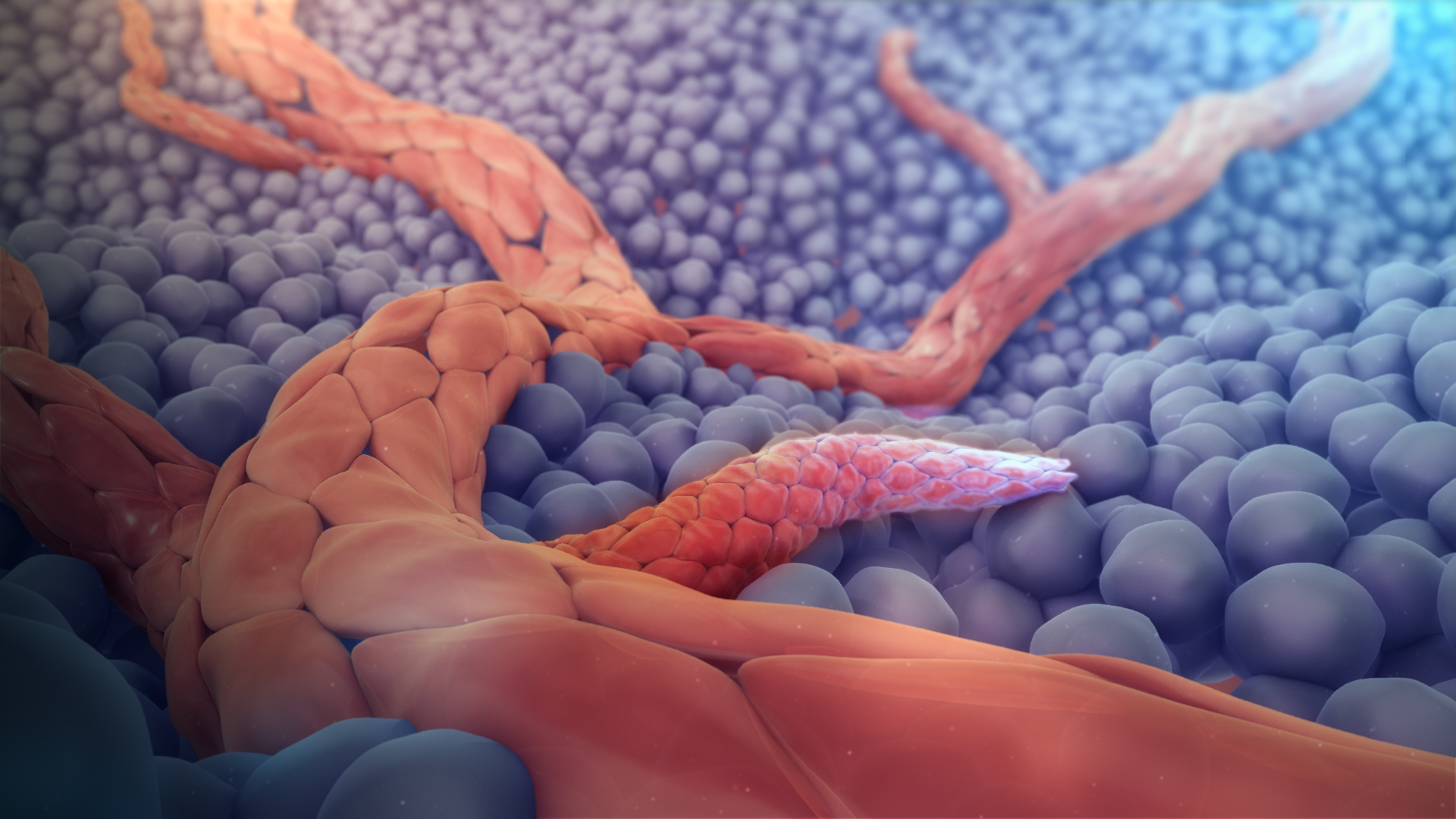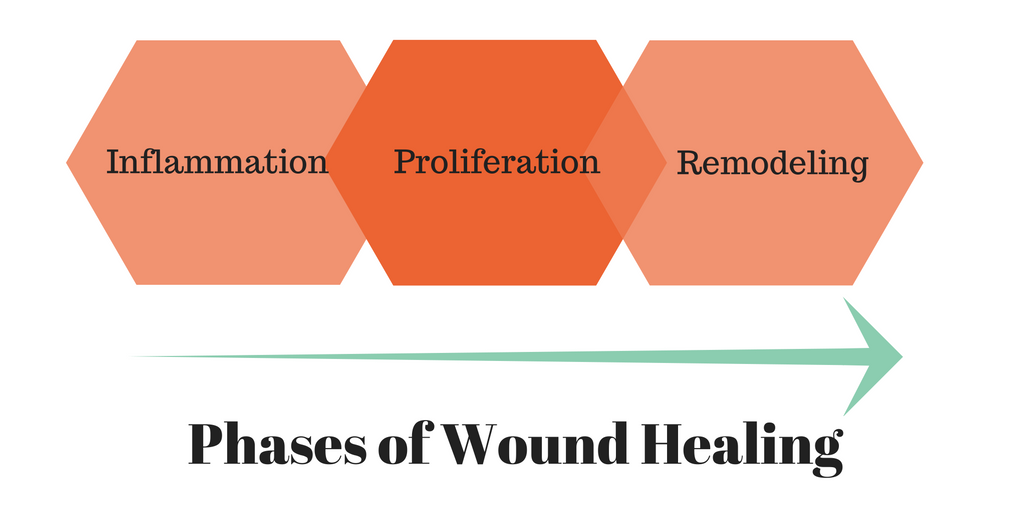
Everyone gets bruised, scratched or wounded at some point in their lives. But all wounds eventually heal. The harmonious process of regenerating blood vessels, damaged tissues, and eventually skin is an almost ‘magical’ process’. The magic of biology.
The human skin is the largest and the most exposed organ as it is made up of several layers to serve the purpose of protection. This also makes it the most vulnerable organ of the body. At the time of injury, it is not just the repair, but also the loss of blood and the prevention of pathogens from entering the ‘open doorway’ that become the major challenges to overcome.
It is imperative for the skin to have a comprehensive action plan to heal itself. The timeline of this process, however, depends on the type, nature and extent of tissue disruption.
The dynamic process of wound healing occurs in a sequence of phases which may also overlap.
The above phases are made up of following substages:
- Hemostasis In order to stop the bleeding, a rapid mechanism of constricting blood vessels to limit blood loss is needed. This is what is referred to as hemostasis.
- Inflammation The body reacts to the injury in the form of inflammation. Although this is an important stage in the wound healing process, if it is stretched for a long time, it can actually prevent regeneration.
- Proliferation and Migration During inflammation, the body releases several kinds of cells, which further migrate and proliferate. While migration is a carefully coordinated movement of cells in a specific order, proliferation enhances hemostasis, as cells further constrict the blood vessels.
- Angiogenesis The intact blood vessels undergo constriction to control blood loss, while the broken ones need to be repaired or completely replaced with new ones. Angiogenesis or the process of formation of new blood vessels involves the synthesis of many complex chemicals and marks the beginning of the Remodelling phase. The following animation depicts the process of angiogenesis.
- Re-epithelialization After regrowing the veins, it’s time to regrow the skin. The epidermis is made up of cells called keratinocytes which are forged and replenished during this stage. Re-epithelialization involves the creation of several layers which provide protection and prevent fluid loss.
- Synthesis This is not a very clearly demarcated stage as the synthesis of new skin and veins often happens almost simultaneously. The blood clotting factors (proteins) are essential throughout the process of wound healing.
How Restoring a Heart’s Arteries is Like Fixing a Monument
Arterial blockage is a primary suspect in heart attacks. The internet is replete with advice on how to prevent arterial blockage; but how do Doctor’s fix your vessels once they are already blocked. Well, the inside of your arteries may not look like the Taj Mahal, but it is fixed in much the same way. Read More......









